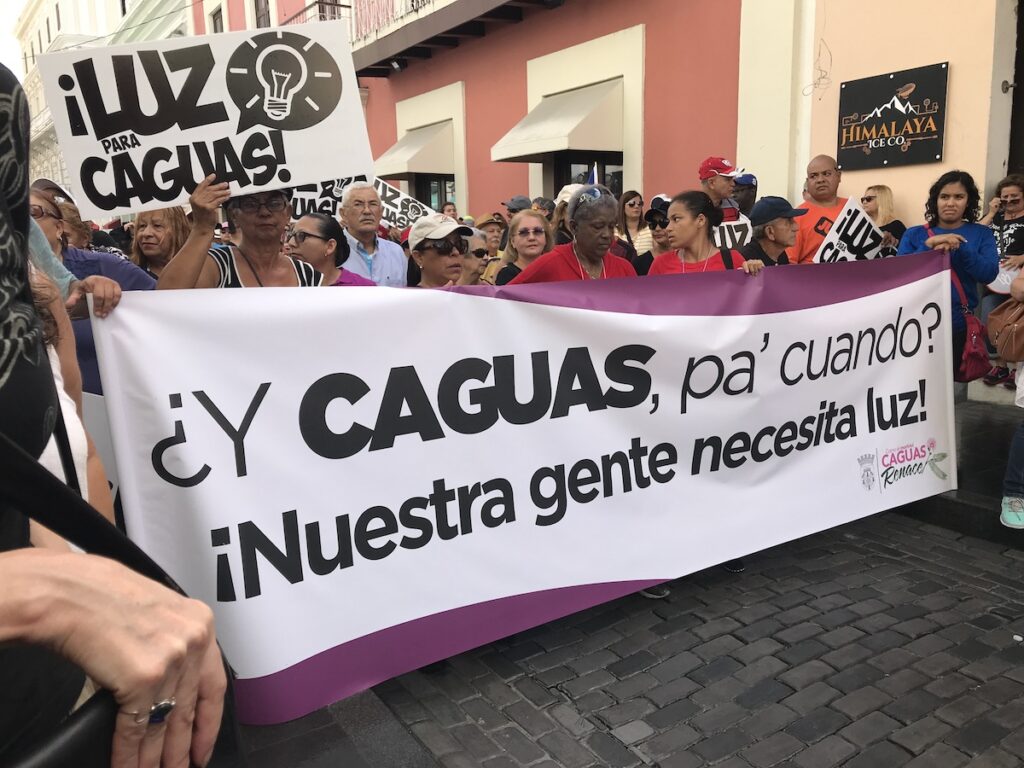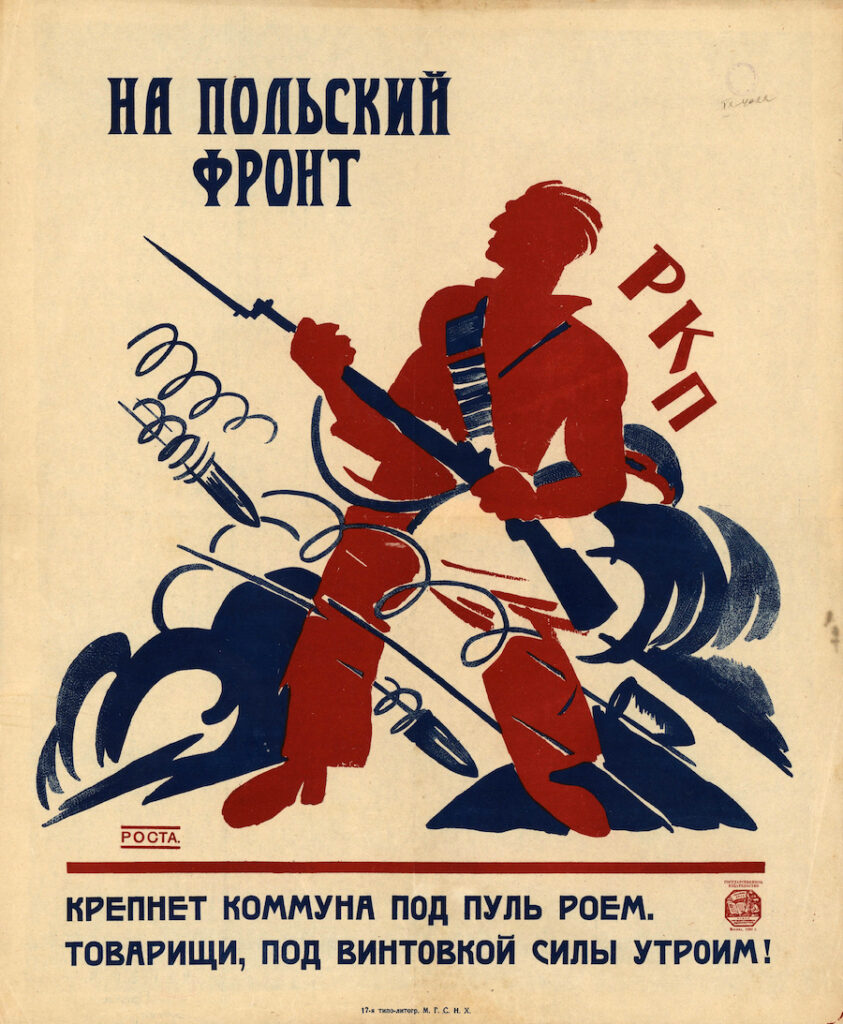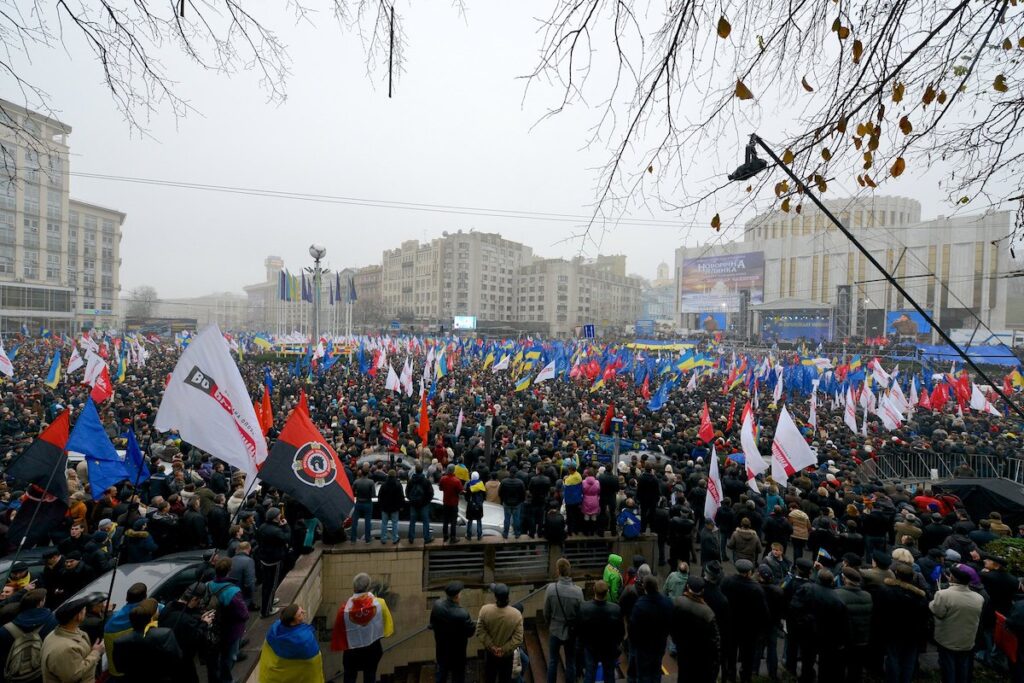Introduction
There is a calendar in my office which still hangs at March 2020; an artifact of the confusion and rush to ‘lockdown’ and to find shelter from the upcoming storm. I keep it there because it seems strange to take it down after so long, but also as a reminder that time is not as straightforward as we like to believe. The solitude of lockdown taught me that, but that was my privilege, that I needed such an extreme event to experience this beyond the boredom of standing in a long line or the lightning flash of an enjoyable night with friends. People who have been incarcerated know the absurdity of time better than most perhaps. As distressing as the past two years has been for society, for incarcerated individuals locked away and largely forgotten, the burden is unthinkable. U.S. federal and state prisons have acted as miniature epicenters where infection rates have been three to four times higher than national averages or those for surrounding communities. In recent months, as the Omicron variant has spread, New York City’s Rikers Island jail reached an astonishing 17% positive infection rate (Ceron 2021). Watching this unfold, I wondered why we, as a society, have so complacently left prisoners to this fate, and as Foucault (2015:1-2) noted, what we can learn about ourselves according to the “fate [we] reserve for those of the living whom [we] wish to be rid of…”
Running the Numbers
Two years into the pandemic, and as the Omicron wave continued to sweep through the country, the Covid Prison Project reported 541,538 positive cases among individuals incarcerated within prisons. At least 2,780 people have died of COVID while incarcerated. An estimated 531,060 individuals in incarceration have received at least one dose of the vaccine (covidprisonproject.com), although institutions have slowly become less forthcoming with internal statistics over the course of the pandemic, and some have stopped offering regular reports altogether (Schwartzapfel and Blakinger 2021). While the number of positive cases both inside of prisons and within the US has continued to increase, what is most concerning is that the ratio of positive cases between incarcerated and non-incarcerated individuals in the US has remained steady since the beginning of the pandemic. For example, as of May 2020, the infection rate in New York city (the global epicenter at that time) jails (including Rikers Island) was at 9.56%, whereas the city itself reported a positive case rate at 2.10% (Griffard and Ciaccio 2020). For further perspective, the previous global epicenter, Lombardy, Italy, had a positive infection rate of 0.78%. Thus, the infection rate within NYC jails was 3-4 times higher than the surrounding community. Further data indicates that this was an early foreshadowing of what would be the national norm in the following years. As of April 2021, a comparison of incidence and mortality rates between prisons and the US population indicated that within prisons there were 30,780 cases (per 100,000) as compared to the US population which was 9,350 (per 100,000). This ratio continues to hold steady as I write this today nearly a year later (covidprisonproject.com). It also needs to be noted that there may be some hesitancy for incarcerated people to report symptoms, as a positive test would likely result in solitary confinement, rebranded by the CDC as ‘medical isolation’ (Blakinger 2020). Thus, the actual number of infections within prisons is likely even higher.
Bodies Commodified
Long before the word ‘coronavirus’ was a household name, Wacquant (2009) noted the correlation between US welfare reform, the criminalization of poverty, and the “War on Drugs”, which he astutely noted was nothing less than a ‘guerilla campaign’ waged against young men living in the inner city for whom “the retail trade of narcotics has provided the most accessible and reliable source of gainful employment” (2009:61). Two observations can be taken away from this; first there are two economies operating in the US (and globally), one is deemed illegitimate and therefore illegal, but it provides a necessary livelihood for its participants.

The second is the correlation between the ballooning incarceration rate due to drug related arrests and the boom of private-run prisons which began in the 1980s (Pelaez 2014; Wacquant 2009). Private prisons contracted by the Federal and state governments receive a fixed sum of money per prisoner held in their custody, regardless of the cost of maintaining that prisoner. Thus, the bodies of the poor have become commodified. The construction of private prisons reached its height in the 1990s (alongside welfare reform) under President Clinton, when the Justice Department contracted private prisons to incarcerate undocumented workers (Pelaez 2014). Again, workers selling their labor outside the bounds of the legitimate capitalist system. This is a for-profit industry that exploded at the closing of the twentieth century (Wacquant 2009).
The Alienation of ‘Commodified Bodies’
The pandemic shuttered global economies and only businesses providing essential goods or services remained open. Meanwhile, within the penal system, incarcerated labor was deemed ‘essential.’ Perhaps predictably as labor has long been associated with the modern disciplinary apparatus. Quoting Brissot; “’One will not succeed by locking beggars up in filthy prisons that are more like cesspools’; they will have to be forced to work. ‘The best way of punishing them is to employ them’” (Brissot quoted in:Foucault 1977:106). Additionally, public works have often been the source of that labor since the prisoner became the “property of society” (Foucault 1977:109). Incarcerated labor was used in just this way throughout the pandemic. For instance, Lo Wu prison in Hong Kong reportedly had female inmates working shifts around the clock to produce face masks for wages significantly under Hong Kong’s minimum wage (Grant 2020). Additionally, former New York governor Cuomo announced that the state would be using prison labor to produce hand sanitizer for schools, transportation systems, etc. (Grant 2020).
Amidst the pandemic prison labor demonstrates one of the most extreme examples of the alienation from the product of one’s own labor (Marx 1990). For instance, although many prisons used the labor of incarcerated persons to produce hand sanitizer, most prisons ban products higher than 60% alcohol which includes most hand sanitizers (CDC 2020). Thus, the product which could have helped keep them healthy was taken to ship to the world outside the prison.
Time and a Social Death
Some useful parallels can be drawn between prisons and other sites of confinement which may help shed some light on the current plight or our incarcerated populations. For instance, on one hand, prisons and care homes are dramatically different environments. On the other hand, both effectively provide the same service to society: the removal of a particular class of individuals. The criminal has been disconnected from the public realm in response to a crime committed against society itself (Foucault 2015), whereas individuals in care homes have been removed from society to better ‘care’ for them. Thus, one has been confined to protect society – the other has been confined under the protection of society. Now, one parallel between these institutions is time. In prison, time is taken away as a punishment for an infraction, just as labor (which is nothing less than time-sold) is rewarded with wages (Foucault 2015:70). Thus, the criminal is detached from their social milieu, placed in confinement, and punished by the removal of “time to live” (Foucault 2015:72). The centrality of time within the penal system is apparent, but how is this relevant to care home facilities? I believe that it lies at the other end of this duality of time sold/time taken. In contrast, those living within care centers no longer, or never had, the ability to sell their time in the form of labor. The only greater affront to capitalism than the inability (care homes) to contribute to the production of accumulation is the refusal to contribute (penal systems). Thus, “any person hostile or opposed to the rule of the maximization of production” (Foucault 2015:52) is implicitly an ‘enemy of the state’. Of course, most people housed in care facilities are neither ‘opposed’ nor ‘hostile’ towards production directly, yet they are unable to contribute, which places them nearer on the spectrum to the ‘enemy of society’. Indeed, some of the earliest poor laws in the ‘West’ differentiated those who were able-bodied without work (vagabonds) against those who were physically unable to labor (beggars) (Marx 1990).
Incarcerated peoples, on the other hand, have been labelled as enemies of the state. The shift from the physical tortures of the Ancien Régime to the modern disciplinary apparatus included a change in who a crime was seen as perpetrated against. Instead of committing an offense against the sovereign, criminals were seen as committing crimes against society. Executions became fewer and confinement became nearly homogenous with the penal system. In order to rationalize long-term imprisonment and continued (if less occasional) executions, the ‘monstrosity’ of the criminal became a focal point (Foucault 1978:138). This has become a mantle worn by all criminals as ethnographic work has illustrated time and again (Conover 2001; Feldman 1991; Rhodes 2004). The inmate bears a stigma and somehow “we believe the person with a stigma is not quite human” (Goffman 1963:5). It is something Foucault witnessed during a tour of Attica, where he described living conditions as “a cage for wild animals” (Foucault and Simon 1991:29). It is no surprise that incarcerated lives are valued as ‘less than’ when society’s root metaphor for criminality is animalism (Turner 1975).
Lepers in Exile-Exclosure
Analysis of the societal response to COVID-19 has suggested that it reflects Foucault’s smallpox or quarantine model of power through the use of statistical analysis and empirical data (Sarasin 2020). This appears true; however, places of confinement seem to have regressed to a more primitive model of power. As the quarantine model served as the basis for the modern surveillance society, the ‘leper model’ was foundational to the formation of the quarantine model (Foucault 1977:198-199) and most closely reflects what is transpiring at sites of confinement. “The leper was caught up in a practice of rejection, of exile-exclosure; he was left to his doom in a mass among which it was useless to differentiate…” (Foucault 1977:198). Anecdotally, in discussions of the mass release of prisoners, opponents often essentialize all incarcerated people as ‘violent’. Yet, the data does not support this argument. Only 3.2% of inmates in the US federal prison system have been convicted of homicide, aggravated assault, or kidnapping (BOP 2020). Yet the stigma of crime has turned them into a mass of bodies which it is “useless to differentiate.”
This analysis has been somewhat more historical than anticipatory; however, history does tend to repeat itself. Incarcerated laborers have been exploited since the penal experiment of confinement began. As the pandemic has persisted, they continued to be disproportionately affected by sickness and death. For over two years, infections, and mortality rates inside of confinement exceeds what is occurring outside threefold. Unfortunately, I believe we can anticipate more of the same in post-COVID confinement. I would say that again, “capital [will continue to come] dripping from head to toe, from every pore, with blood and dirt” (Marx 1990:926).
Alexander W. Anthony is a doctoral student in anthropology at Syracuse University with a focus in historical archaeology. His primary research is on the influences of prison reform movements and ideology on the human and spatial/material dimensions and experiences of incarceration in late 18th – early 20th century Southern Italy.
References
Blakinger, Keri. 2020. As COVID-19 Measures Grow, Prison Oversight Falls. The Marshall Project 03/17/2020.
BOP. 2020. Federal Bureau of Prisons Statistics of Offenses, edited by Federal Bureau of Prisons, bop.gov.
CDC. 2020. Interim Guidance on Management of Coronavirus Disease 2019 (COVID-19) in Correctional and Detention Facililities, edited by Center for Disease Control. Center for Disease Control.
Ceron, Ella. 2021. NYC Sees Jail ‘Crisis’ on Positive-Test Rates over 17% at Rikers. Bloomberg Equality December 22, 2021. www.bloomberg.com.
Conover, Ted. 2001. New Jack. Vintage Books, New York.
Feldman, Allen. 1991. Formations of Violence: The Narrative of the Body and Political Terror in Northern Ireland. University of Chicago Press, Chicago.
Foucault, Michel. 1977. Discipline and Punish: The Birth of the Prison. 2 ed. Random House, New York.
Foucault, Michel.1978 . The History of Sexuality: Volume I: An Introduction. Translated by Robert Hurley. Pantheon Books, New York.
Foucault, Michel. 2015. The Punitive Society: Lectures at the College de France 1972-1973. Translated by Graham Burchell. Palgrave Macmillan, New York.
Foucault, Michel, and John K. Simon. 1991. Michel Foucault on Attica: An Interview. Social Justice 18(3):26-34.
Goffman, Erving. 1963. Stigma: Notes on the Management of Spoiled Identity. Simon & Schuster Inc., New York.
Grant, Harriet. 2020. Vulnerable Prisoners ‘Exploited’ to Make Coronvirus Masks and Hand Gel. The Guardian. UK.
Griffard, Molly, and Vincent Ciaccio. 2020. COVID-19 Infection Tracking in NYC Jails. The Legal Aid Society https://www.legalaidnyc.org/covid-19-infection-tracking-in-nyc-jails/, accessed 5/5/2020.
Marx, Karl. 1990. Capital Volume I. Translated by Ben Fowkes. Penguin, England.
Pelaez, Vicky. 2014. The Prison Industry in the United States: Big Business or a New Form of Slavery? Global Research.
Rhodes, Lorna A. 2004. Total Confinement: Madness and Reason in the Maximum Security Prison. University of California Press, Berkeley.
Sarasin, Philipp. 2020. Understanding the Coronavirus Pandemic with Foucault? foucaultblog, 3/31/20. https://www.fsw.uzh.ch/foucaultblog/essays/254/understanding-corona-with-foucault, accessed.
Schwartzapfel, Beth, and Keri Blakinger. 2021. Omicron has Arrived. Many Prisons and Jails are Not Ready. The Marshall Project, accessed January 29, 2022.
Turner, Victor. 1975. Dramas, Fields, and Metaphors. Cornell University, Ithaca, NY.
Wacquant, Loïc. 2009. Punishing the Poor: The Neoliberal Government of Social Insecurity. Politics, History, and Culture. Duke University Press, Durham.
Cite as: Anthony, Alexander W. 2022. “Covid in the confines of the US.” FocaalBlog, 1 April. https://www.focaalblog.com/2022/04/01/alexander-w-anthony-covid-in-the-confines-of-the-us/








